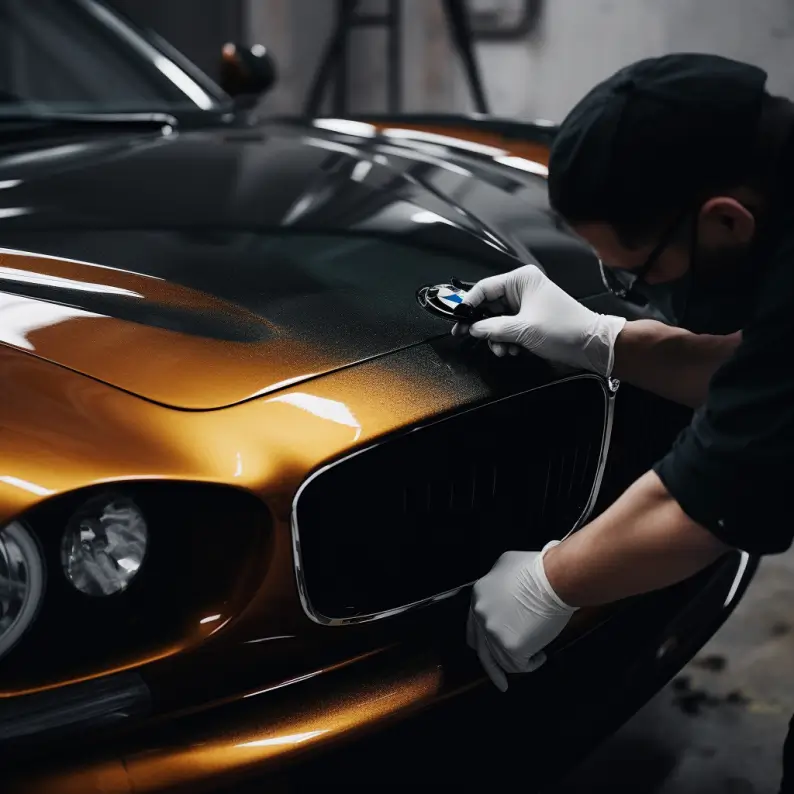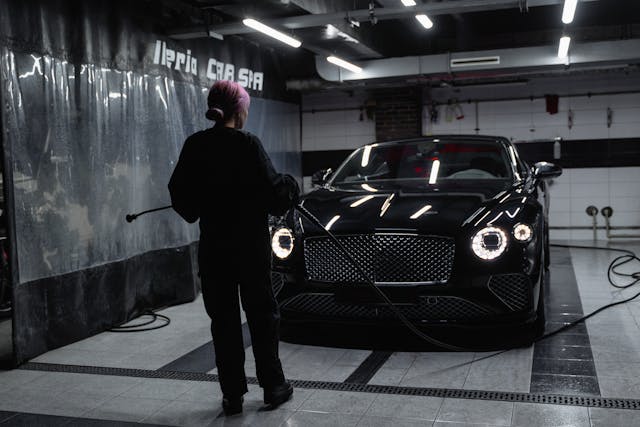Introduction:
In the realm of automotive design, aesthetics reign supreme. The allure of a sleek body, the seductive lines, and the captivating curves of a well-crafted automobile can captivate hearts and minds alike. Mastering the art of automotive aesthetics is akin to sculpting beauty on four wheels, where every line, every contour, and every detail contributes to the symphony of design excellence. In this article, we delve into the intricacies of automotive aesthetics, exploring the principles, techniques, and philosophies behind creating automotive masterpieces that transcend mere transportation.
Understanding the Essence of Automotive Aesthetics:
At its core, automotive aesthetics encompass a blend of form and function, where visual appeal harmonizes with engineering prowess. It’s about striking the perfect balance between aesthetics and performance, where every design element serves a purpose while evoking emotions and desires. From the graceful sweep of a hood to the dynamic profile of a fender, each aspect of automotive design is meticulously crafted to evoke a sense of awe and admiration.
The Principles of Design Excellence:
Achieving automotive aesthetic mastery requires adherence to fundamental design principles. Proportion, symmetry, balance, and harmony are the cornerstones upon which automotive beauty is built. Proportion ensures that every component of the vehicle aligns harmoniously, while symmetry creates visual stability and coherence. Balance ensures that no element overwhelms the others, while harmony ties everything together into a cohesive whole. Mastery of these principles allows designers to create vehicles that are not only visually stunning but also functionally superior.
Exploring Design Techniques:
The art of automotive aesthetics encompasses a myriad of design techniques, ranging from sketching and digital modeling to clay sculpting and prototyping. Sketching serves as the initial canvas upon which ideas are born, allowing designers to explore various concepts and iterations. Digital modeling enables designers to translate their sketches into three-dimensional renderings, refining every curve and contour with precision. Clay sculpting adds a tactile dimension to the design process, allowing designers to physically interact with the form and shape of the vehicle. Prototyping brings designs to life, allowing for real-world testing and validation before mass production.
Embracing Innovation and Creativity:
While tradition and heritage play a significant role in automotive design, innovation and creativity are the driving forces behind progress. From cutting-edge materials to advanced manufacturing techniques, the pursuit of automotive aesthetic mastery pushes the boundaries of what’s possible. Whether it’s incorporating sustainable materials or integrating autonomous technologies, embracing innovation allows designers to create vehicles that not only inspire but also shape the future of mobility.
Conclusion:
Mastering the art of automotive aesthetics is a journey marked by passion, creativity, and relentless pursuit of excellence. It’s about more than just designing cars; it’s about sculpting experiences, igniting emotions, and shaping perceptions. As technology continues to evolve and consumer preferences shift, the quest for automotive aesthetic mastery remains as relevant and compelling as ever. By understanding the principles, embracing innovation, and channeling creativity, designers can continue to push the boundaries of automotive design, creating vehicles that transcend mere transportation and become timeless works of art.



